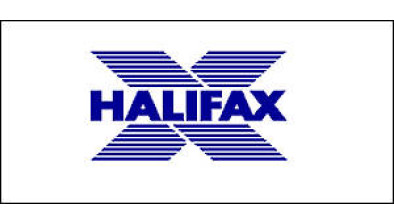Halifax: UK house prices fell 0.3% in January
UK house prices fell 0.3% month-on-month in January after having been flat in December, according to the latest Halifax house price index.

This was the first monthly fall in house prices on the Halifax measure since last May and the largest decline since April.
The year-on-year gain in house prices moderated to a five-month low of 5.4% in January from 6.0% in December and 7.6% in November (the highest since June 2016).
Evidence of an underlying slowdown came from the three-month/three-month rise in house prices moderating to 1.6% in January (the lowest since August) from 2.5% in December, 3.8% in November and 4.0% in October.
House prices have strengthened with housing market activity buoyed by the release of pent-up demand following the easing of coronavirus restrictions from mid-May last year, people re-assessing their housing needs in the wake of lockdowns and the temporary raising of the Stamp Duty threshold.
In response to the figures, Russell Galley, managing director at Halifax, said that there are some early signs that the upturn in the housing market could be ‘running out of steam’.
He said: “Industry figures for agreed sales remain well above pre-pandemic levels but new instructions to sell have decreased noticeably, and total stock held by estate agents has risen to its highest level since before the EU referendum in 2016.
“The stamp duty holiday has undoubtedly helped to fuel growing demand amongst households for larger properties. However, given the current time to completion across the market, transactions in the early part of 2021 probably don’t include many borrowers who expect to benefit from the stamp duty reprieve.”
He continued: “How far and how deep any slowdown proves to be is a challenge to predict given the prevailing uncertainty created by the pandemic. With swathes of the economy still shuttered, and joblessness continuing to edge higher, on the surface this points to slower market activity and downward price pressures in the near-term.
“That said, we saw the power of homeowners to drive the market in the second half of last year as many people looked to find new properties with greater space, spurred on by increased time spent at home. Such structural demand changes, coupled with any further policy interventions by government, could yet sustain underlying market activity for some time to come.”










